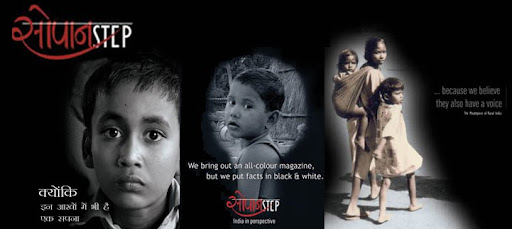G Sreedathan
Kerala-born Jinnet Mathew had been running a
successful business in rubber products in Bengaluru for more than two decades.
But when competition increased, he started feeling the pinch. Expenses started
mounting and profits were dwindling. He decided to sell off his properties in
the city and settle in a remote village in Kerala. With the proceeds he managed
to purchase a reasonably large parcel of land in a village and started
cultivating rubber and fruit and vegetables. It was a tough decision for the businessman
to transplant himself and family to a village. But what gave him confidence was
his passion for agriculture and love for rural life and his innovative ideas
and expertise in marketing. Unfortunately, nothing of these came to his
rescue. After ten years of his rural experiment, he regrets his decision.
He sold a portion of his land to pay off loans and is exploring possibilities
of shifting to a city for the education of his children. “Agriculture is the
only worthwhile option for a person moving to a rural area and if it is not
profitable what can one do? Farming can become sustainable only with the
government support,” he insists.
In the Indian context,
reverse migration – migration from cities to villages – is very rare. In almost
all cases, of which I have the first-hand knowledge, those who migrated to
villages returned to urban settings after a brief rural sojourn. Many complain
that it takes several weeks for a simple courier consignment to reach the
destination in a rural area. There is not even a semblance of health care
facilities in many villages. The romantic ideas about villages will be
shattered the moment you step into a village, many say.
Our planners,
decision-makers and media have a clear urban bias. In most cases, villages find
mention in our mainstream media for all wrong reasons. An estimate shows
the mainstream media gives less than 5% of its space for rural issues. Rural
areas find mention in reports only when there is a macabre crime or mishap or
some undesirable events in those places. It’s an irony that all
governments since Independence India
According to the
National Sample Survey Office (NSSO) data, over two-thirds of households in
rural India India
Our cities are not free
from problems either. About 31 per cent of India India 's population and contribute 75% of India
Does that mean that a
similar smart village mission is the way forward for Indian villages? Not at
all. Huge investments and infrastructure projects proposed in the Industrial
Policy of 1991 that heralded economic liberalisation in India
Having said that, some
elements of the smart cities project such as digital and information
technologies can be adopted for effective delivery of services and establishing
market linkages for farmers. I would conclude this by narrating an
experience of Jinnet Mathew who got Rs 3,000 just by selling just 2 kg of an
indigenous banana variety to a Japanese customer through an online
platform. In the local market, he could have got only Rs 40 for the same!
